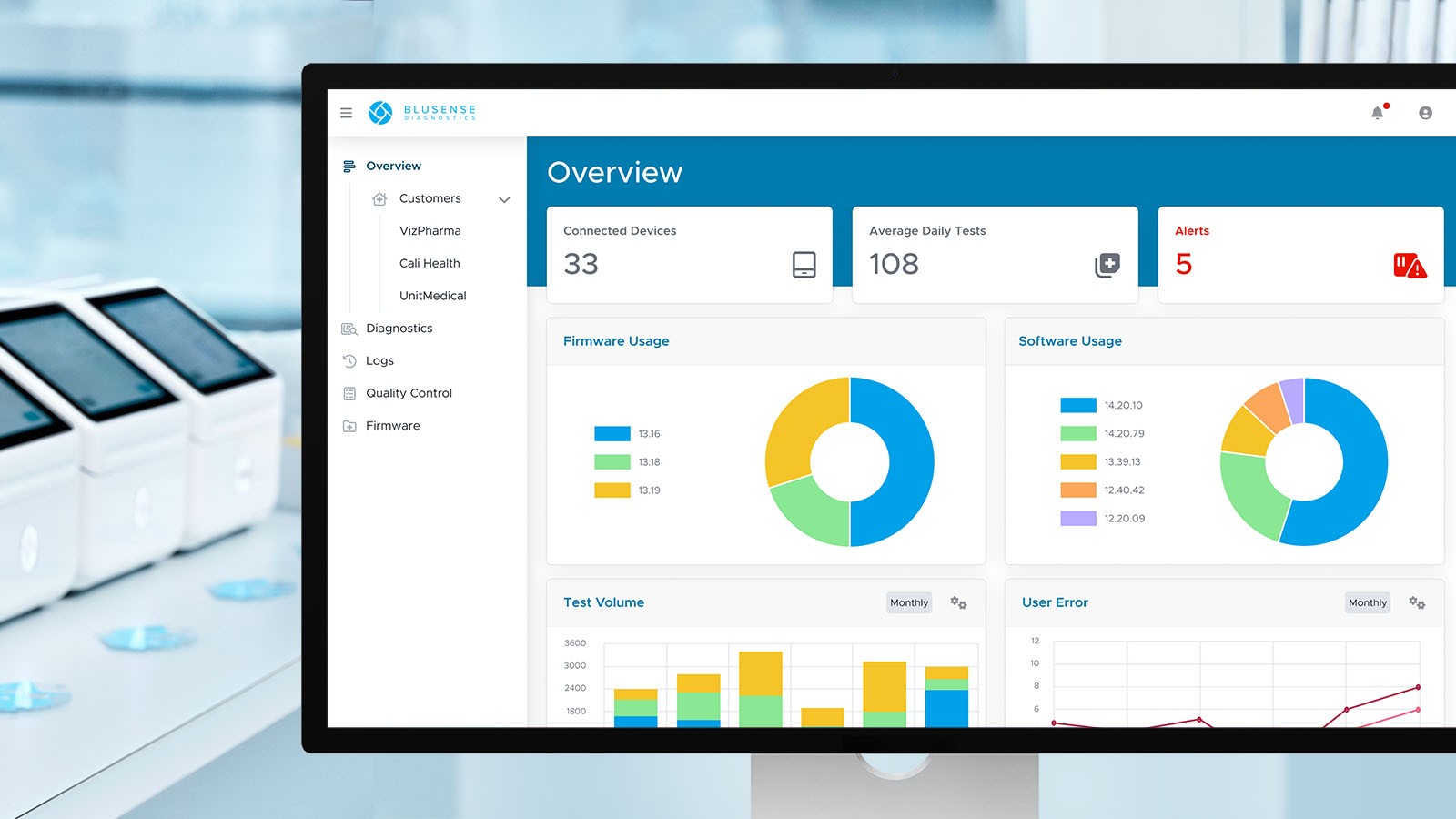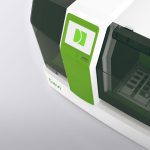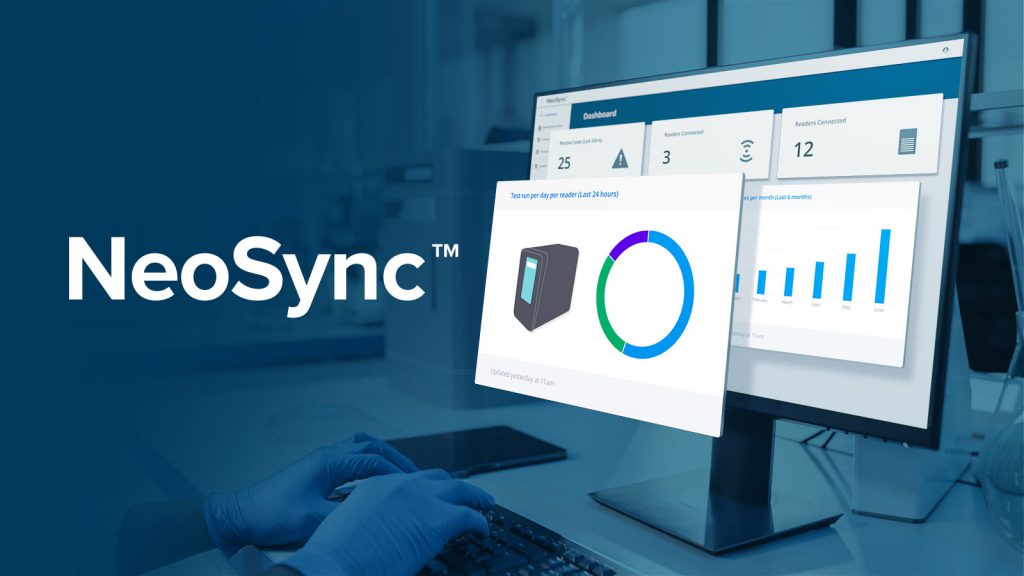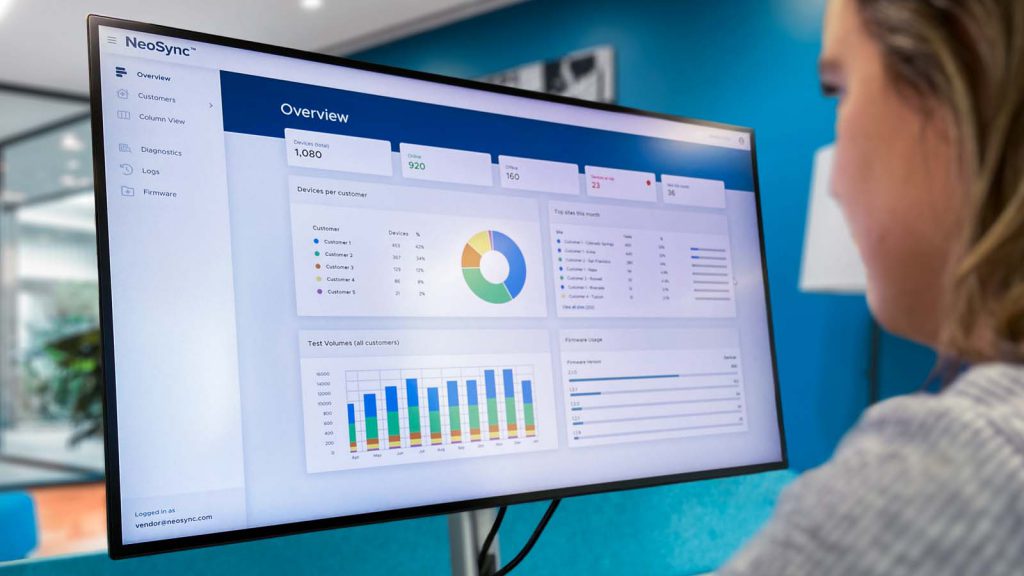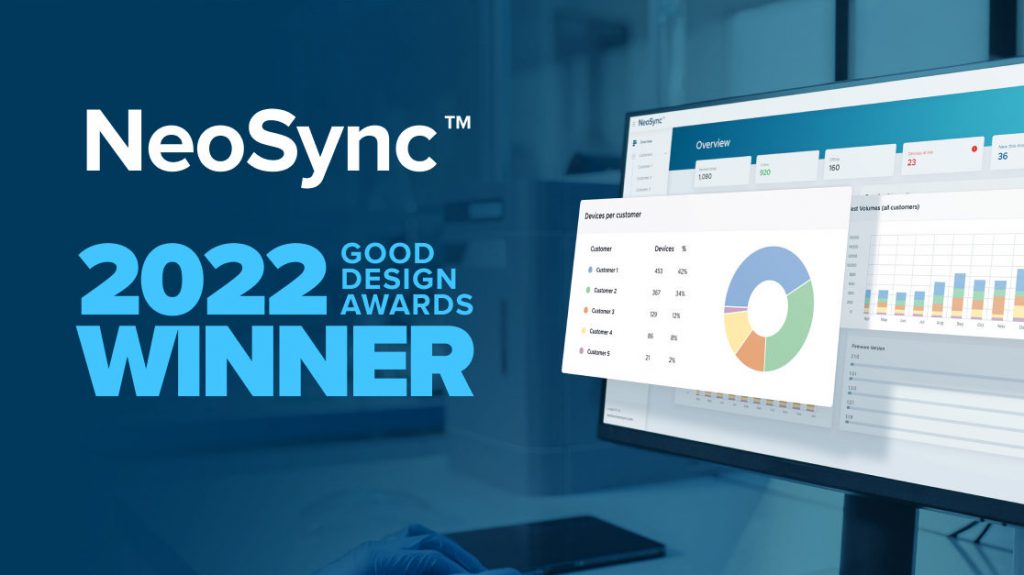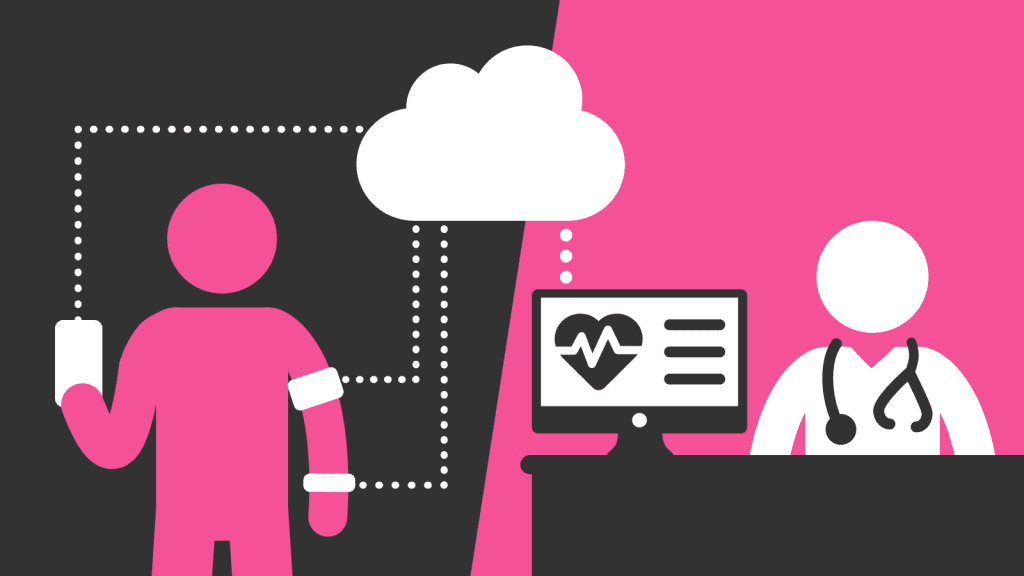
BluSense Diagnostics (BluSense), a global diagnostics company, has announced it has adopted Planet Innovation’s (PI) NeoSync connectivity solution to remotely monitor its fleet of in-market diagnostic instruments.
BluSense provides patients and healthcare professionals with quick and accurate infectious disease and clinical biomarker diagnostic tests via its portable diagnostic instrument, BluBox, and its one-drop-of-blood ViroTrack microfluidic cartridges, performing proprietary quantitative immuno-magnetic assays (IMA).
By using NeoSync, BluSense has gained real-time insights into the performance and usage of its deployed devices, along with gaining access to instrument logs remotely. These features enable BluSense to provide superior end-user support.
John McCormack, BluSense CTO, explained: “As our fleet of deployed instruments grows, it is very valuable for us to remotely understand how each instrument is performing, including knowing its test count and consumable use. NeoSync was integrated in just a few weeks and will improve our device’s uptime while significantly reducing support costs. As we expand our patented IMA technology to new assays, like our upcoming Vitamin D test, it is great to know that we have a connectivity solution in place that can scale with us.
“The improved connectivity also provides great benefits for BluSense’s customers. End-users can achieve live device QC status for early problem solving, disclose training needs based on user error statistics, execute remote troubleshooting, receive automatic over-the-air software updates and access a seamless, GDPR-compliant EHR/LIS integration.”
Sam Lanyon, Co-founder and GM Innovation Services at Planet Innovation, commented: “NeoSync is part of the suite of PI Platforms we offer all our clients to help them get to market faster and support their customers better. For BluSense, NeoSync allows them to unlock a range of insights into how their products are working in the field and offer a deeper understanding of user behavior, all via the simple Vendor Portal.”
BluSense is currently using NeoSync to monitor over 30 different metrics, including the instrument configuration, for each device. It is also able to analyze reader logs remotely to better understand the behavior of readers out in the field and more efficiently address customer feedback.
Learn more about NeoSync.

